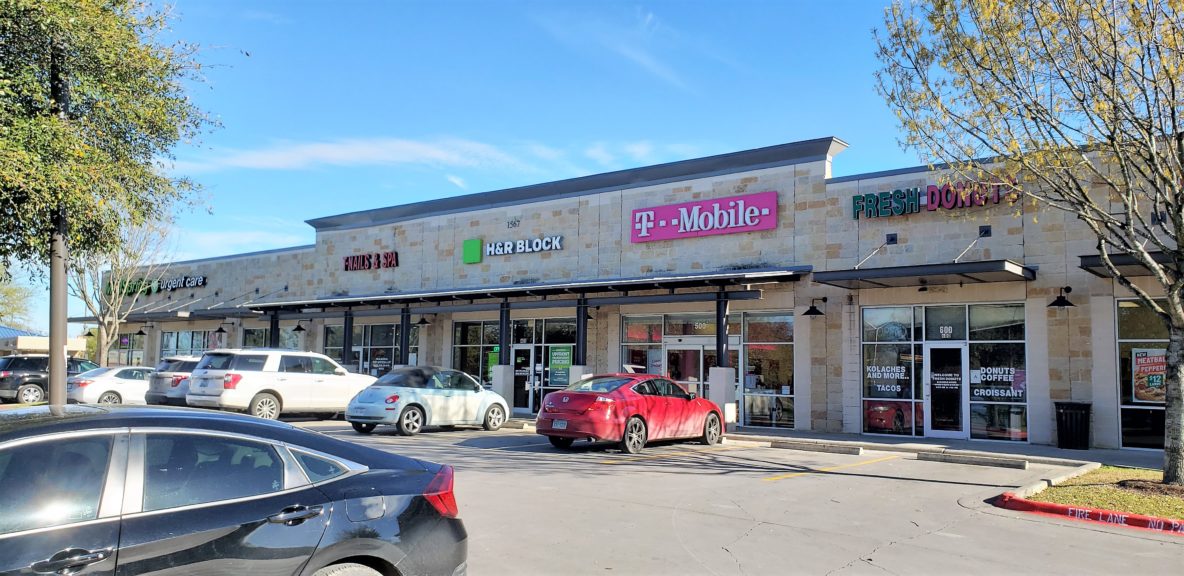Contributing Property into an UPREIT, an Unconventional Deal Story
The most rewarding element of the deal was knowing that our client felt good about the decision they had made.
In Commercial Real Estate, each investment decision maker has unique goals and parameters. This helps keep us brokers on top of our game and presents us with challenges to go the extra mile. In the case of a recent transaction of a retail center in an Austin, TX suburb, we were presented with a few challenges that made us go that extra mile. In this article, I’ll explain how after listening carefully to the client’s needs, we were able to piece together a deal that wasn’t so certain at first glance. You’ll also learn about the transaction, a 721 Exchange, commonly known as an “UPREIT”.
From early conversations with the owner of the property, I knew that we were taking on a challenging task because of the client’s biggest concerns: “What to do with the proceeds after selling, and is there a real estate investment that would yield the same or better returns with less overhead than a retail center?” The seller’s tax basis was very low, and a 1031 exchange was the most evident path to avoid paying substantial capital gains tax. However, as we grew to know the client better, we learned more details about what they really wanted. We took an account of the pros and cons of owning the retail center and examined if it fit their lifestyle and financial goals to continue holding the asset. We learned that they were fatigued with tenant turnover, paying for lease-up costs, and trying to manage the investment from out of state. More importantly, they were at an age in life that they were starting to think about estate planning and how they would turn a retail center over to several grandchildren.
We were all in agreement that the retail center was at a good point in its life to sell because it recently became fully occupied and the market was paying historically low cap rates for retail centers. The traditional 1031 exchange assets that we looked at seemed to be hitting a roadblock for various reasons. Most yielded a smaller return, and the clients were apprehensive about tying up their investment in a single tenant asset relying on the success of that one tenant. We dug a bit deeper and learned that each grandchild had different career and education desires, and that each may want to go their own way with their inheritance once the estate was turned over to them.
Through our understanding of the client’s situation and motivations, we were able to suggest a different route for investment. The route we ultimately suggested was an UPREIT, 721 Exchange. I explained that an UPREIT is when an entity sells its property into a Real Estate Investment Trust (REIT), but instead of taking cash proceeds, they instead receive Operating Partnership Units (OP Units) in the REIT. This allows the seller to defer their capital gains tax from the sale of the property much like a 1031 Exchange. This type of transaction is a great alternative for an investor looking to have the benefits of owning income producing real estate without the management intensity of owning a property themselves. In addition, the UPREIT gives the investor the income tax benefits of owning an investment property through a Schedule K-1. Ownership of the OP Units give the client an attractive return paid out quarterly, and the diversification of owning a portion of the REIT which owns many other retail centers within its portfolio.
For estate planning purposes, the UPREIT was a great idea since the heirs would receive a stepped-up basis in their investment at the time of the owner’s passing, and each heir will have the choice to continue owning the OP Units or to convert their units to shares of common stock. The benefit of converting to shares at that point (receiving a 1099 instead of a Schedule K-1) is that under current tax law there is a 20% tax deduction from income received from a REIT which does not apply to OP Units. Moving from OP Units to shares would be most advantageous route for the heirs because making the transition results in a capital gain taxable event, but since the heirs would have a stepped up basis, according to the current tax law there wouldn’t be any capital gains tax liability. This was a very important part of the client’s decision to sell into the UPREIT.
We introduced the client to a Houston-based REIT that we had in mind whose portfolio consists of neighborhood retail strip centers much like our client’s property. After thorough due diligence of the deal structure and a face-to-face meeting with the REIT, everyone agreed to the terms of an UPREIT transaction and the deal was on its way.
The most rewarding element of the deal was knowing that our client felt good about the decision they had made. We presented the client with multiple options that enabled them to discover a sell/invest opportunity that they didn’t previously know existed. As brokers, we must give the client a lot of credit for the mere fact that they took time to listen to the options that we suggested. Without taking the time to listen to our suggestions in the first place, and learning something new, they would not be in the deal that they are in today.


